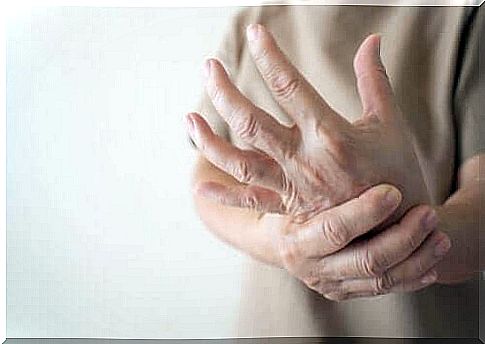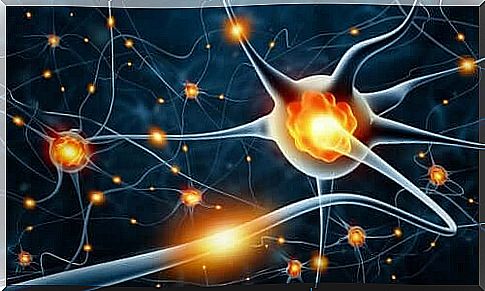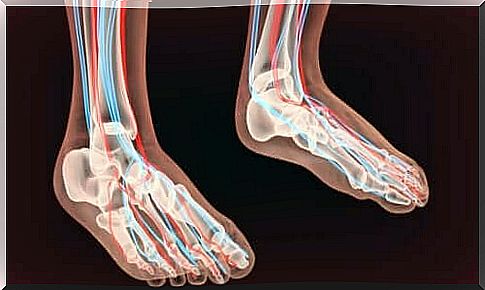What Is The Condition Of Polyneuropathy?

The peripheral nervous system is the nervous system outside the central nervous system (which consists of the brain and spinal cord). Its main job is to transmit signals of physical sensations from the periphery to the brain. The condition of polyneuropathy is when these nerves do not function properly because they are damaged.
Polyneuropathy involves several different types of nerves that have a specific function. Some of them are:
- Sensory nerves that transmit sensations such as pain and touch.
- Motor nerves that are responsible for controlling the muscles.
- Autonomic nerves that regulate the body’s automatic functions, such as blood pressure and bladder function.
Polyneuropathy can affect a group of nerves or all three of them simultaneously. In any case, when the patient suffers from the condition polyneuropathy, normal nerve function is interrupted so that they can send pain signals randomly or not send them at all when something actually hurts the body.
This condition can be due to an injury, a systemic disease, an infection or a genetic disorder.

The symptoms of the condition polyneuropathy
The symptoms vary depending on the type of neuropathy.
Sensory neuropathy
It can manifest itself with the following symptoms:
- Numbness or a tingling sensation.
- Hypersensitivity and the feeling of needles or pins in some areas of the body.
- More pain or inability to feel pain at all.
- Inability to perceive temperature changes.
- Poor postural stability and proprioception.
- Burning or burning pain that may get worse at night.
Sensory neuropathy can also cause foot ulcers, infection and cold sores.
Motor neuropathy
Motor neuropathy affects the muscles. The symptoms are:
- Muscle weakness, which results in instability and difficulty performing small movements.
- Atrophy.
- Muscle seizures and cramps.
- Muscle paralysis.
If autonomic nerves are also affected, the patient may suffer from vegetative symptoms related to sweating, pain tolerance, bowel or bladder functions and changes in blood pressure that may cause dizziness.
The causes of polyneuropathy
Although many types of neuropathy are idiopathic (their cause is unknown), many other conditions can trigger it. In fact , diabetes is one of the leading causes of chronic polyneuropathy due to the fact that high blood sugar levels damage the nerves.
Other potential conditions and injuries that cause it are:
- Chronic kidney disease. If the kidneys do not function properly, the resulting balance between mineral and chemical balance can cause polyneuropathy.
- Skeletal muscle injuries. Broken bones and tight plaster can put pressure on the nerves and damage them.
- Infections. Shingles, HIV, Lyme disease and other such infections can damage the nerves.
- Guillain-Barré syndrome: which is a specific type of polyneuropathy triggered by a viral infection.
- Autoimmune diseases, especially arthritis and systemic lupus erythematosus.

Here are other possible causes of the condition polyneuropathy:
- Excessive alcohol intake.
- Specific medications (such as chemotherapeutic and HIV medications).
- Certain vitamin deficiencies, such as B12, B1, B6 and E.
- Ingestion of toxic products, such as insecticides and solvents.
- Some types of cancer, including lymphoma and multiple myeloma.
- Chronic liver disease.
Small vessel disease can also reduce the amount of blood that reaches the nerves, causing damage to the nerve tissue. Neuromas, which are benign tumors that affect nerve tissue, can also cause neuropathic pain.
Treatment for the condition polyneuropathy
Treatment for polyneuropathy depends on the symptoms and the underlying cause. Only some of these causes can be treated. For example, in the case of diabetes, maintaining blood sugar levels can be very helpful, as well as not smoking or drinking alcohol.
Medication for neuropathic pain involves the use of ” neuropathic painkillers ” because painkillers are often ineffective.
Other symptoms associated with polyneuropathy may require individual treatment. For example, treatment of muscle weakness may involve physiotherapy and mobility assistance.
Many people also benefit from transcutaneous electrical nerve stimulation (TENS). In this non-invasive and drug-free treatment, electrodes are placed on the skin and transmit small amounts of current. The goal of this treatment is to prevent the nerves from transmitting pain signals to the brain due to an interruption in the nerve flow caused by the electrical discharge.
On the other hand, it is worth noting that many patients have improved with alternative approaches such as chiropractic, acupuncture and massage. Meditation and yoga also tend to be very helpful in relieving the symptoms. Finally, moderate and regular exercise can also help reduce the discomfort of this painful condition.









